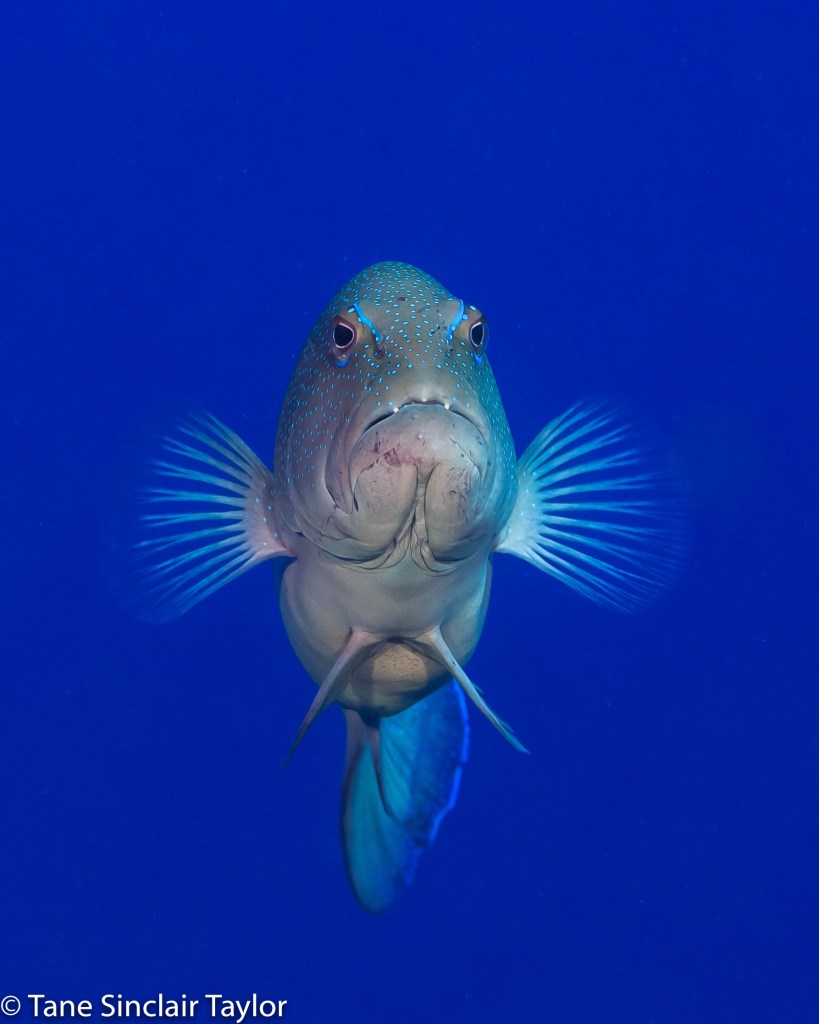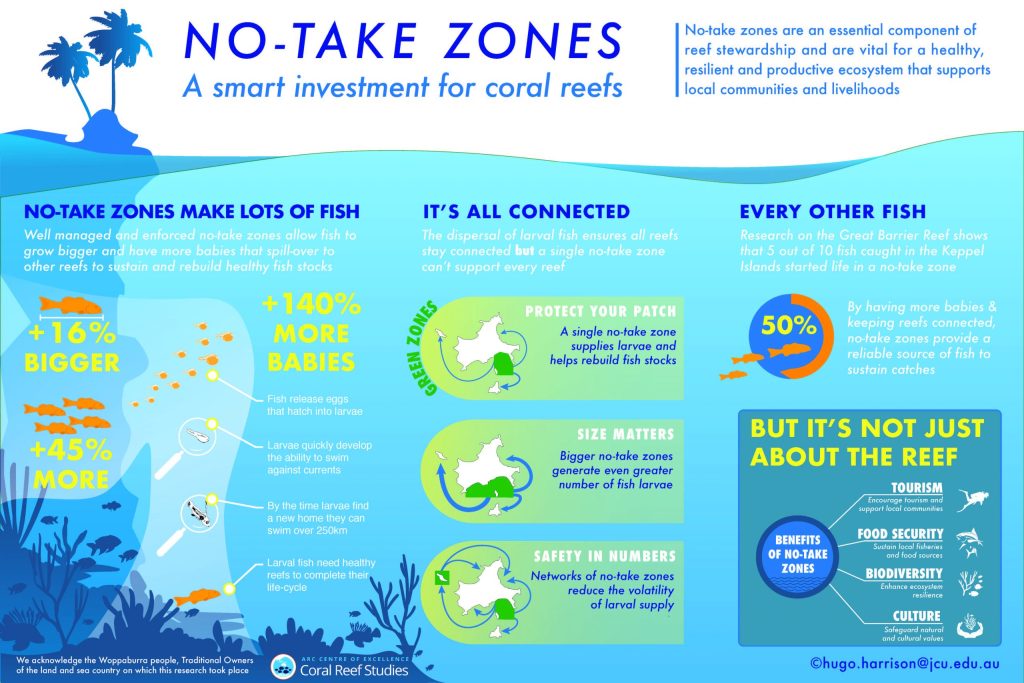James Cook University scientists have used modern genetic techniques to prove age-old assumptions about what sizes of fish to leave in the sea to preserve the future of local fisheries.
“We’ve known for decades that bigger fish produce exponentially more eggs,” said the lead author of the new study, Charles Lavin who is a PhD research fellow from James Cook University (JCU) and Nord University in Norway.
“However, we also found while these big fish contributed significantly to keeping the population going—they are also rare.”

Image Credit / Alex Vail
Co-author Dr Hugo Harrison from the ARC Centre of Excellence for Coral Reef Studies at JCU said as fish grow older, they become more fertile and their chances of having babies increase.
“This is an age-old assumption of fisheries management—and with the help of modern genetics, we can show that this assumption is correct.”
“But the smaller fish are just as important to keeping populations going. They may have fewer babies, but they also are more abundant.”

The study used genetic parentage analysis to identify which adult coral groupers (Plectropomus maculatus) contribute to replenishing fished populations in the Great Barrier Reef Marine Park (GBRMP).
The authors found that large coral groupers are important because they are more likely to replenish the fish that are removed from the fishery. However, smaller fish are still making a meaningful contribution.
“We show that minimum size-limits on catches are effective at protecting the reproductively mature coral grouper,” Mr Lavin said. “This ensures all fish have the opportunity to reproduce at least once prior to being caught.”
The authors said all fisheries must ensure there are enough fish to replace those that are caught.
“We’re fortunate in the GBRMP to have measures in place that protect both the small and larger fish,” Dr Harrison said.
“These ensure our fisheries remain sustainable and can bounce back quickly after a disturbance.”
“In the GBRMP, catches of coral grouper are limited by size and catch limits, as well as seasonal closures to ensure the fishery is productive and sustainable.
“It’s encouraging that these measures are effective,” Mr Lavin said.
“But it’s important that we also protect the bigger, rarer fish inside no-take marine reserves because they are super-productive,” he said.
“For the fisher, this means there will always be fish to catch.”

No-take marine reserves generate many benefits to ocean ecosystems and coastal communities. Inside reserves, coral grouper are bigger and more abundant, which generates important larval subsidies beyond their boundaries to sustain fish stocks. Connectivity across marine seascapes is highly variable but a network of reserves can create a safety net to ensure reliable replenishment of fish stocks. In the Keppel Island of the Great Barrier Reef, reserves generate half of all fish on the reef.
PAPER /
Lavin C, Jones G, Williamson D, Harrison H. (2021). ‘Minimum size limits and the reproductive value of numerous, young, mature female fish’. Proceedings of the Royal Society B. DOI: 10.1098/rspb.2020.2714
FEATURED IMAGE /
There are four species of coral grouper found commonly on the Great Barrier Reef. The bar-cheek coral group (Plectropomus maculatus) is distinguished by elongated dot patterns. Image Credit / Phil Woodhead Wet Image Underwater Photography.





